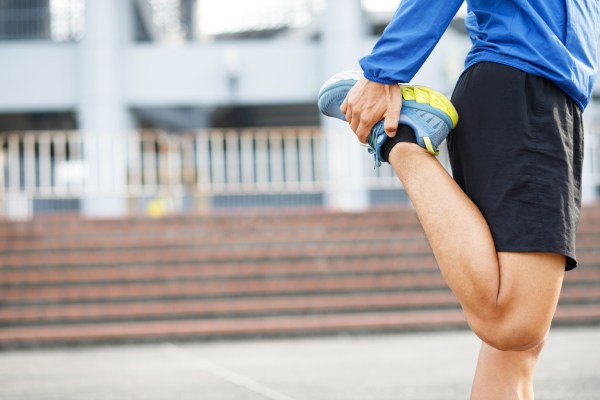How much do you appreciate the flexibility that comes with driving your car, walking with a friend or spouse, preparing meals, traveling to visit family, and managing your personal care? All of these activities require a degree of personal mobility and increase your opportunities to interact with others and maintain your independence. Personal mobility can play a significant role in improving your quality of life, and the choices you make now can influence your quality of life down the road. As the saying goes “if you don’t use it, you lose it!” Read through for a few ideas to help you be proactive about maintaining and increasing your mobility.
1) Find what moves you – literally
Make a list of the activities you enjoy and want to continue to be able to perform for years to come — this can include anything from riding a bike through your neighborhood, and walking your dog, to playing outside with your grandkids and being able to run errands on your own. Next to that list, write what you need to do to maintain the ability to do them. If you don’t know, consult your doctor.
2) Make exercise a part of your routine
The best way to maintain or increase your ability to do an activity is to do it on a regular basis. Alphas need to be as physically active as possible because the stronger your muscles are, the less oxygen you need to use. The Centers for Disease Control recommends that most adults get around 150 minutes per week of moderate-intensity exercise like brisk walking. This can be broken down into 30-minute sessions, 5 days a week. If you’re a fitness beginner, start slow and increase the length and frequency of your workouts as you build strength and become more comfortable. Even stretching just a few minutes each day can go a long way in helping you maintain your mobility.
3) Find the right tools
Identify tools that will help you monitor and increase your activity. The use of a pedometer (a device that measures your steps) or TheraBands (exercise resistance bands) are both great ways to improve your strength and endurance and can help increase your mobility.
4) Use the equipment you need
If you need to, don’t be afraid of utilizing medical equipment that can help you get around and perform daily activities. Portable oxygen concentrators, scooters, or even electric bikes can help you maintain a more active lifestyle.
5) Make sure nothing gets in your way
Identify roadblocks that prevent you from participating in the activities you enjoy and create solutions by modifying the activity with support tools. Those using oxygen may consider a portable oxygen concentrator. There are many equipment options to choose from and it is best to speak with your durable medical equipment company or oxygen supplier for their advice. Remember, for a medical support device to be covered in part or in whole by Medicare or private insurance, you should obtain a prescription from your doctor.
Remember to always consult your doctor before beginning any new exercise regimen.
For more tips on how to maintain or increase your mobility, please visit the Big Fat Reference Guide to Alpha-1 (BFRG):
https://subscriber.alphanet.org/s/article/4-6-1-i-know-exercise-is-good-for-me-but
https://subscriber.alphanet.org/s/article/4-6-3-getting-started-may-be-the-hardest-part
https://subscriber.alphanet.org/s/article/4-6-4-okay-so-what-do-you-mean-by-exercise-anyway
https://subscriber.alphanet.org/s/article/5-3-2-general-exercise-guidelines
